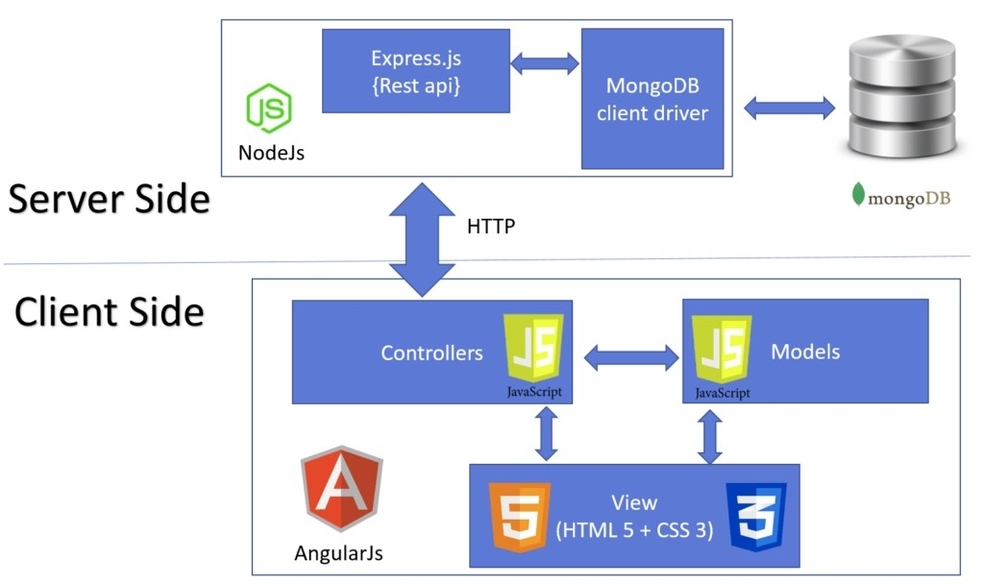
A technology stack is a combination of software tools and programming languages that are used to build a web application. It consists of two main layers: the frontend (or client-side) and the backend (or server-side). The frontend is the part of the web application that users see and interact with in their browser. The backend is the part of the web application that handles the logic, data processing, and communication with other services.
Choosing a technology stack for your web application is an important decision that affects the performance, scalability, security, and maintainability of your product. There is no one-size-fits-all solution, as different web applications have different requirements and goals. However, there are some general criteria and tips that can help you make an informed choice.
Here are some of the factors that you should consider when choosing a technology stack for your web application:
– Product specifications: The size, complexity, and functionality of your web application determine the type and number of technologies that you need. For example, a simple landing page or a single-page application may only require a frontend framework and a hosting service, while a complex e-commerce platform or a social network may require multiple backend frameworks, databases, and third-party integrations.
– Product goals: The purpose and vision of your web application influence the choice of technologies that can help you achieve them. For example, if you want to create a fast, responsive, and dynamic web application, you may want to use a modern frontend framework like React, Angular, or Vue.js. If you want to create a secure, reliable, and scalable web application, you may want to use a robust backend framework like Django, Ruby on Rails, or Laravel.
– Resources: The availability and expertise of your development team, as well as your budget and timeline, affect the choice of
